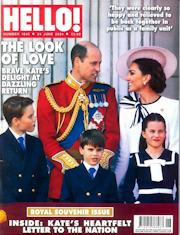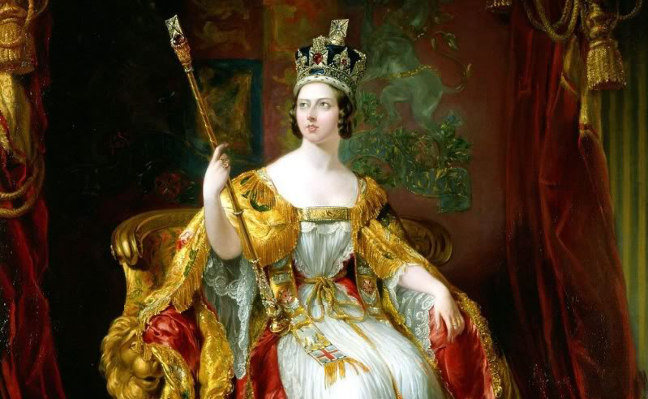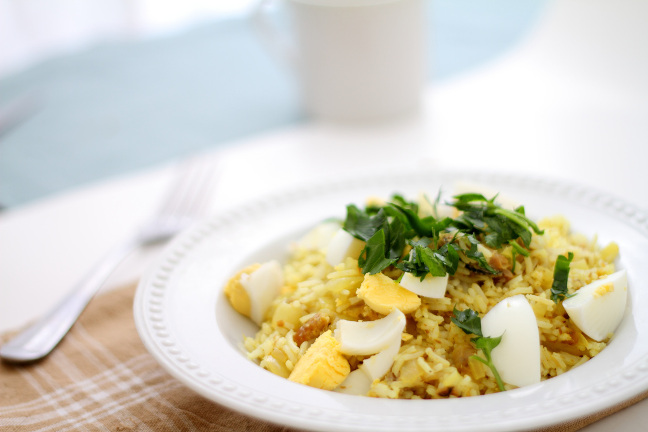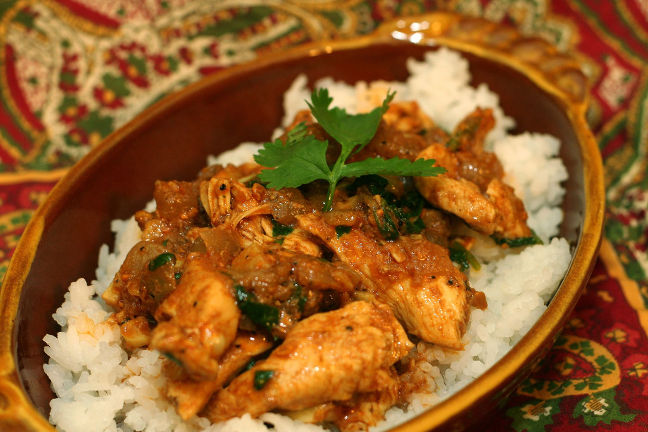Indian chef and cooking instructor Hari Ghotra recounts the fascinating story of the history of curry in the UK.
Here in Blighty we love a good curry, which now takes a place in our hearts alongside classic British favourites like fish & chips and shepherd’s pie. And in a recent survey 43% of us chose tikka masala as our ultimate comfort food.
Although our great love of spice can be explained many ways, one lady had a great influence in making curry more mainstream. That lady was Her Majesty the Empress of India, Queen Victoria.
History of Curry
Indian food first graced British tables as far back as the 1700s when soldiers and tradespeople returned from the eastern colonies. A curry recipe was first seen in Hannah Glasse's Art of Cookery Made Plain and Easy, which was first published in 1747. The recipe, entitled “How to make a currey [sic] the Indian way” combined boiled chicken with turmeric, ginger and onions in a cream, lemon and chicken stock sauce. Not quite how we make it today, but not far off.
The first Indian restaurant opened in 1809. The Hindostanee Dinner and Hooka Smoking Club was set up at the house of Saik Dean Mohamed just off of Hyde Park, London. Saik was a Bengali immigrant and entrepreneur who also produced his own curry powder. The Club offered “Indian dishes, in the highest perfection” served in a traditional Indian lounge, complete with hookahs and Indian tobacco. Guests could even get food delivered to their house – hence, the Indian takeway was born.
Unfortunately, the fashion at the time was for food to be prepared at home by servants, rather than eaten out. The club went bankrupt a couple of years after opening.
By this time, though, Indian influence was creeping into British cooking. Early attempts included piccalilli – a sort of knock off version of proper Indian pickle – as well as spicy fish dish kedgeree, and tangy mulligatawny soup.
By the time Queen Vic got to the throne Indian food was fairly readily available, but it was seen as more of a novelty, and many households turned their noses up at the idea of having their houses smell of pungent curry. Anybody who was anybody had a French chef cooking for them.
Old Vic was about to change that. The Queen was fascinated with India – although she never visited the country, she learnt both Hindi and Urdu and even had one of the wings at Osborne House decorated by a famous Punjabi architect. I love the idea of Vic and Albs, surrounded by gold and peacock feathers, discussing matters of the empire over a cheeky balti.
Later on in life she became close personal friends with a Mr Abdul Karim (AKA The Munshi) – a Muslim from Agra who came over to Britain in the late 1800s to work as a royal servant. The Queen kept a mostly Indian staff in later years and, according to food historians, curry was on the menu most every day. This didn’t take long to spread from the palace to the aristocracy, then through the upper and middle classes. An excerpt from Victorian cookbook Modern Domestic Cookery reads:
“Curry, which was formerly a dish almost exclusively for the table of those who had made a long residence in India, is now so completely naturalized that few dinner are thought complete unless one is on the table.”
Queen Victoria had made curry cool.
From then on curry just got more and more popular. There was a blip during the period of the two world wars due to rations, but once the world was at peace and India had gained independence, an influx of immigrants from the subcontinent brought with them the curry culture we know and love today.
Perhaps the most important moment was in the late 1960s when, so legend has it, a Scot complained about the dryness of his chicken tikka dish at a Glaswegian curry house. The legend goes that the head chef, at a loss, heated up a tin of tomato soup and tipped it over the chicken with a yoghurt and coriander garnish. And so the chicken tikka masala was born – the UK’s favourite comfort food.
Love Indian food? Have a look at Hari’s spice kits – cook authentic Indian food the traditional Indian way.
Images via The National Archive, arsheffield and wolfworld.









